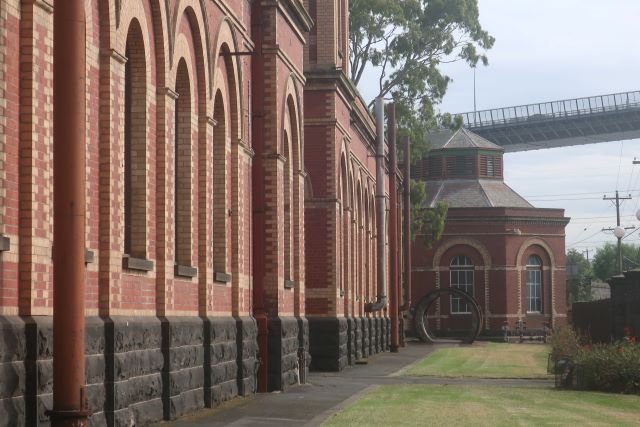
Sewer upgrade works begin in Westgate Park
Melbourne Water’s contractor, John Holland, has begun work on the renewal of the Hobsons Bay Main sewer. The sewer, built in the 1960s, carries 30% of Melbourne’s sewerage. The works are necessary because the existing sewer has deteriorated and needs to be rehabilitated.
A second sewer will be built under the Yarra River and connected into the existing sewer at Scienceworks in Spotswood. Sewage flows can then be diverted while rehabilitation works are undertaken on the existing sewer1.
Establishment works for a tunnelling site at Westgate Park have begun. When Westgate Biodiversity alerted Melbourne Water to an area of significant shrubby glasswort, possibly the only area of remnant vegetation in Westgate Park, they agreed to locate their site on a less sensitive revegetated area. Over coming weeks, the site will be secured with a hoarding. The project is expected to take until 2024 to complete.
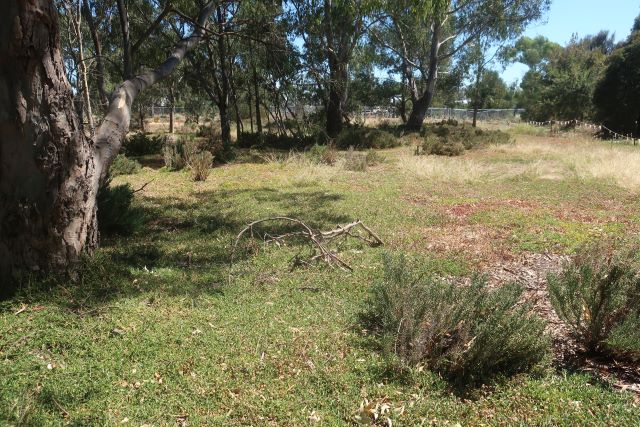
The sewer runs directly from Westgate Park under the Yarra River to the Spotswood Pumping Station, now part of Scienceworks. Follow a line of sight from the Odour Reduction Plant across the River to the paired towers of the Engine Houses at Spotswood Pumping Station to get a sense of the alignment. The Odour Reduction Plant was installed in 2014 both to deal with odours and to prevent further corrosion of the sewer by the gases within it. Before the Odour Reduction Plant was installed it was a bit whiffy in that area, as reported by Westgate Biodiversity volunteers.
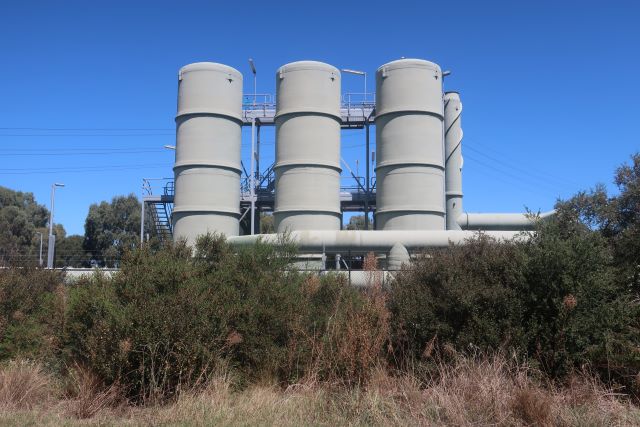
To get a feel for the history and ongoing importance of this vital infrastructure, I took the Westgate Punt across the River to Scienceworks. The punt arrives at the Spotswood jetty directly in front of the gap between the symmetrical Engine Houses of the Pumping House. Their impressive presentation to the River is obscured by a scrappy gum tree. There is no access to Scienceworks from the River side, and crossing Douglas Parade heavy morning traffic was intimidating.
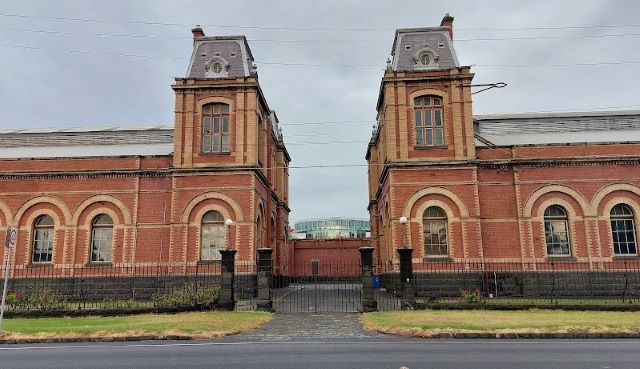
The ticket to Scienceworks includes a self guided wander through the Pumping House as well as a guided tour every day at 11.30 am. I did both.
The urgency of sewering Melbourne in the late 1880s was well recognised. The grandeur of Marvellous Melbourne was drastically undermined by the smell. It took getting the institutional and funding arrangements in place with the establishment of the Melbourne Metropolitan Board of Works in 1891 to get the work underway. The design and delivery of the far reaching scheme was overseen by the MMBW’s Chief Engineer, Melbourne born and educated, William Thwaites. The scheme stimulated employment as Melbourne emerged from the severe 1890s depression, extending to the armies of small contractors who made the connection to individual households.
The Spotswood site for the Pumping House was chosen as it is one of the lowest points in Melbourne. Sewerage flowed under gravity to Spotswood. From Spotswood it was pumped to Brooklyn by impressive steam powered pumps fuelled by an unceasing flow of coal delivered in wagons to the site.
It remains a marvel to be reflected on that buildings of such grandeur were commissioned for this purpose. The architect was the MMBW’s Christian Kussmaul, and the buildings were based on a classical revival style known as Second French Empire.
Outside the Pumping House are two concrete cylinders.
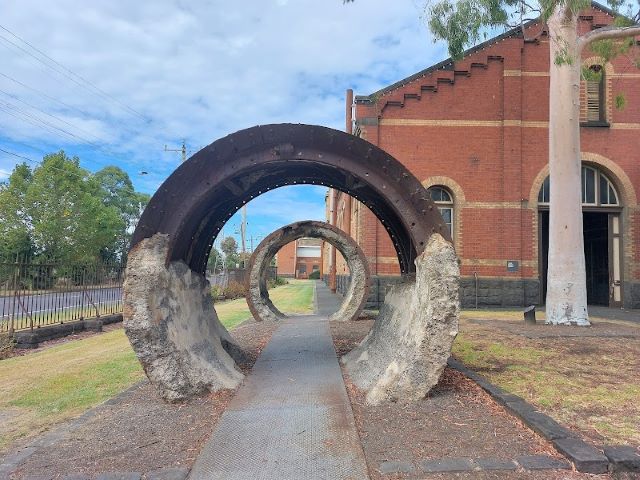
The interpretative panel tells that “tunnelling shields were used during excavation in soft ground. Inside the lamplit shield, miners worked under compressed air at two to three times atmospheric pressure to slow the inflow of groundwater, while a strong bulkhead supported the tunnel face from collapsing. As excavation progressed the shield was inched forward with hydraulic rams and cast-iron segments were bolted together in rings behind it then lined with concrete to form the finished sewer tunnel.” The working conditions were treacherous.
The sharp bevelled edge of the shield that carved through that soft ground can be traced with a finger.
A tragic industrial accident occurred when “On the night of Good Friday, 12 April 1895, disaster struck below the river when water broke into the tunnel and swamped the workings. A young engineer and five workers were drowned almost instantly with no chance of escape. Three other men waiting in the air lock to enter the tunnel were forced to watch in horror through a small thick glass window in the airlock door, powerless to do anything to help in the few seconds it took to flood the tunnel.”2
Work was resumed under a different contractor, with the river tunnel finally being completed 12 months later.
The Engine House and its pumps were impeccably maintained under the supervision of the Superintendent Engineer. Immense amounts of coal were required to keep the pumps running 24 hours a day, 7 days a week. Men were employed in three eight hour shifts. Each boiler burnt up to nine tonnes of coal in a day, delivered and then aided down a sloping floor almost into the bunker of the pumps. It always had spare capacity, anticipating Melbourne’s growing population.
Seamen were preferred workers at the Pumping House as they were used to working with large steam engines. Many of them lived near the waterfront. The place was even run like a ship.
At the handsome polygonal buildings at either end of the Pumping Station rags and other waste material were strained from the sewerage to prevent blockages to the pumps. The Pumping Station’s newest exhibit is a fatberg – our contemporary equivalent.


Now the pumps gleam with care. The volunteer engineer brought the pump to life for visitors, the sound barely discernible, the movement smooth. They passed his test – no vibration – a matter for considerable pride, then and now.
These are just some snippets of this story that caught my attention. I highly recommend a visit to Scienceworks if you can, or the extensive resources on the Museums Victoria website.
More
1Hobsons Bay Main Upgrade Project, Melbourne Water
The Westgate Punt welcomes walkers as well as cyclists. It operates at commuter times on weekdays and on demand on the weekends.
2Pumping Station at Spotswood – a comprehensive history, Museums Victoria
Robert LaNauze Engineer to Marvellous Melbourne: The Life and Times of William Thwaites


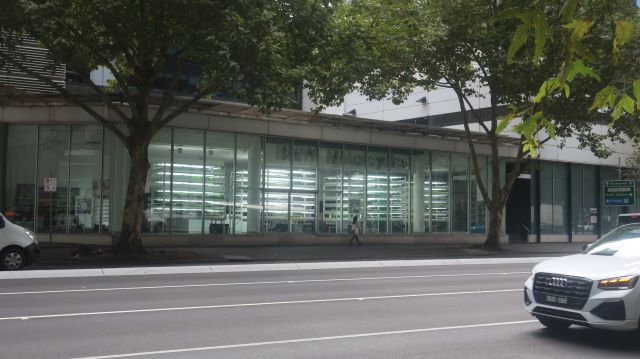
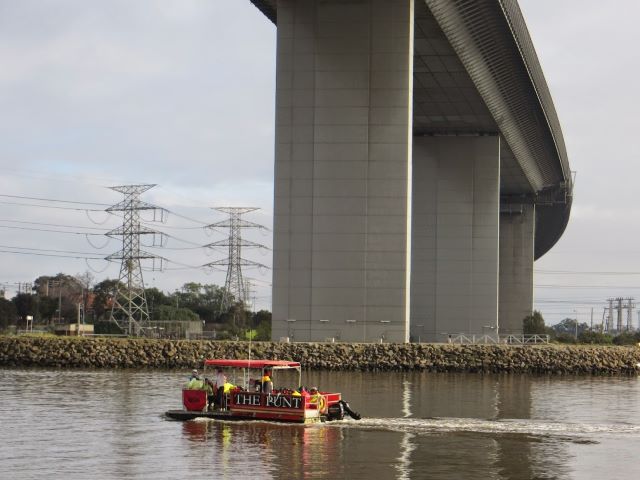
Leave a Reply